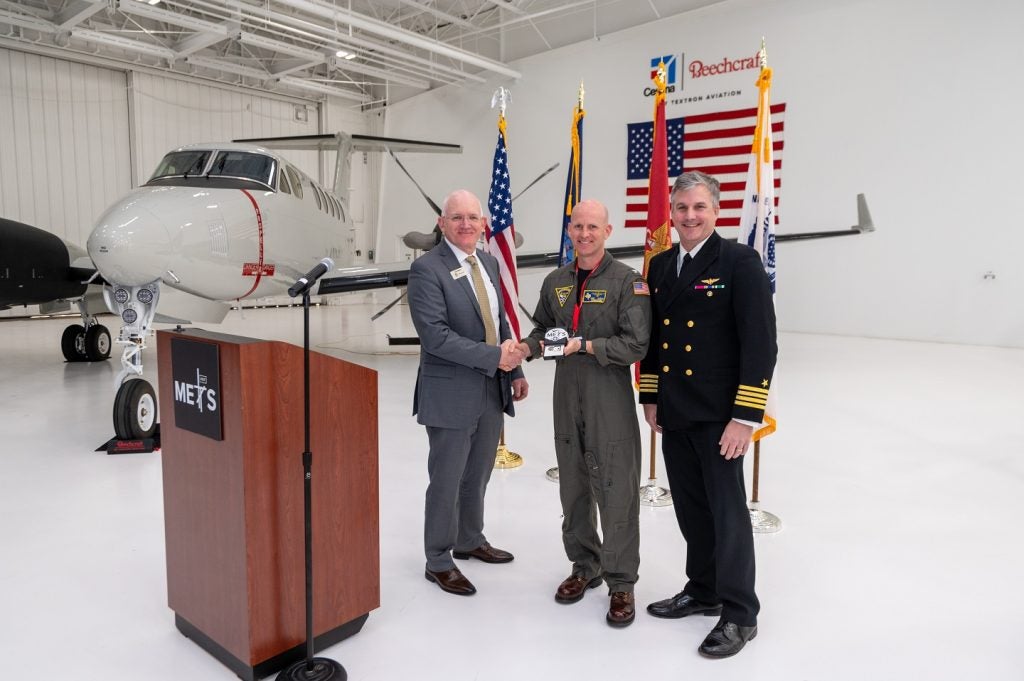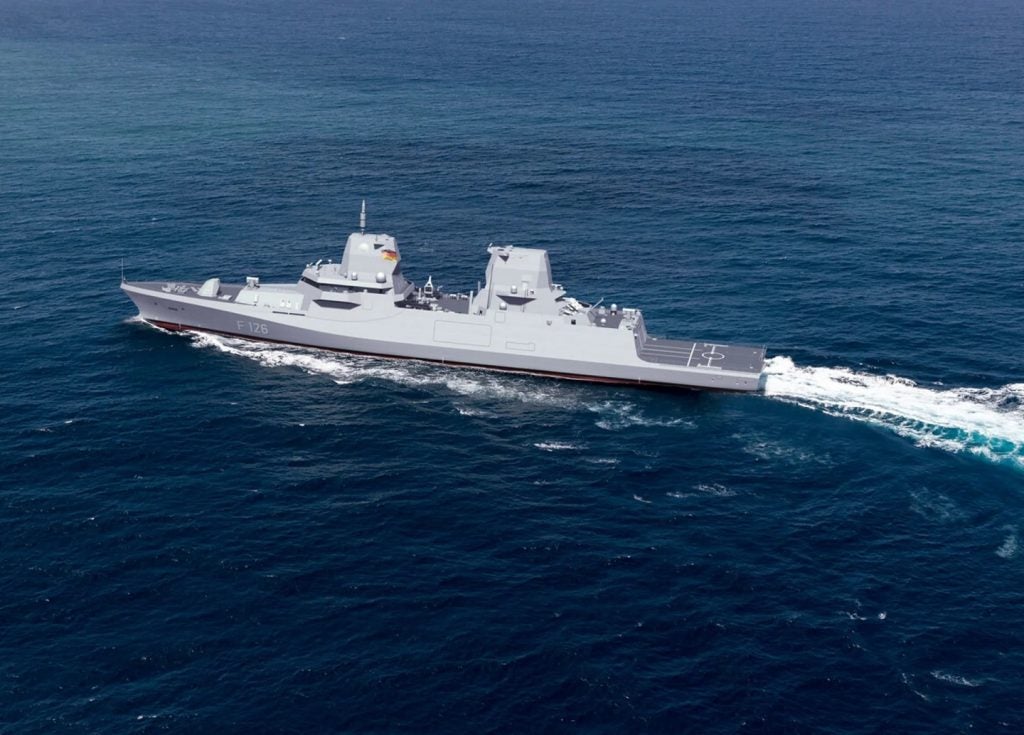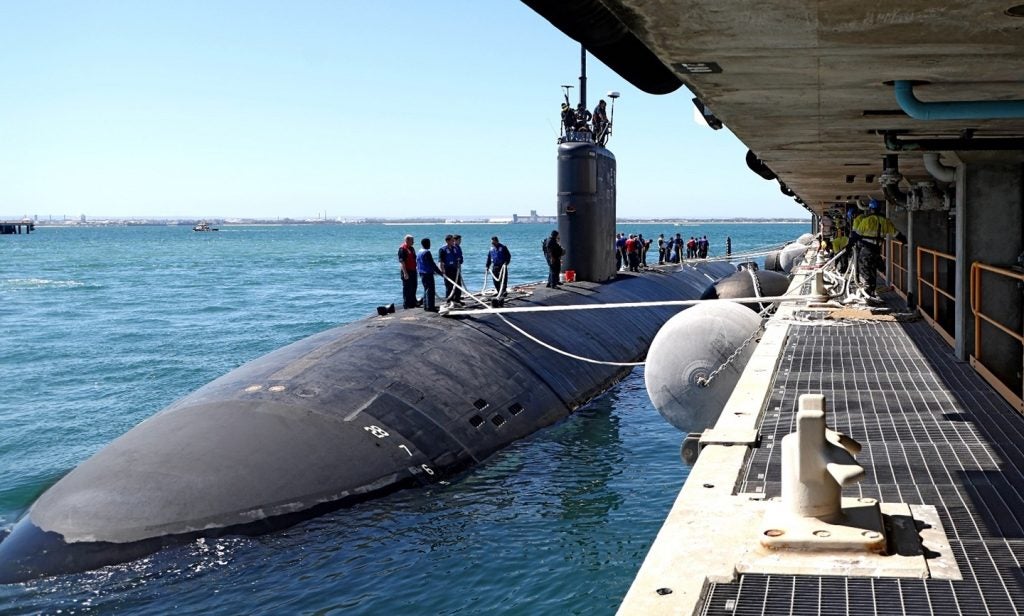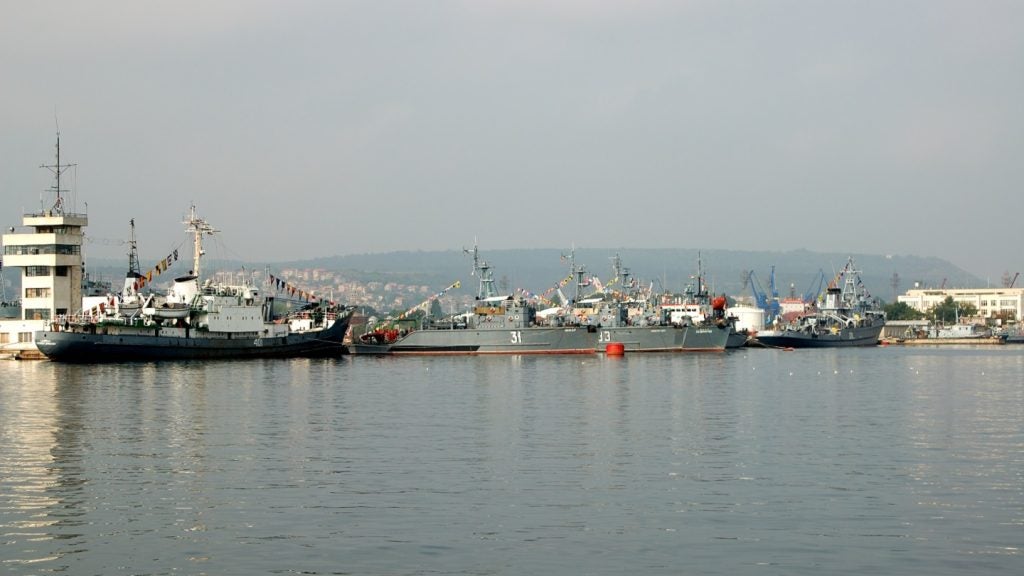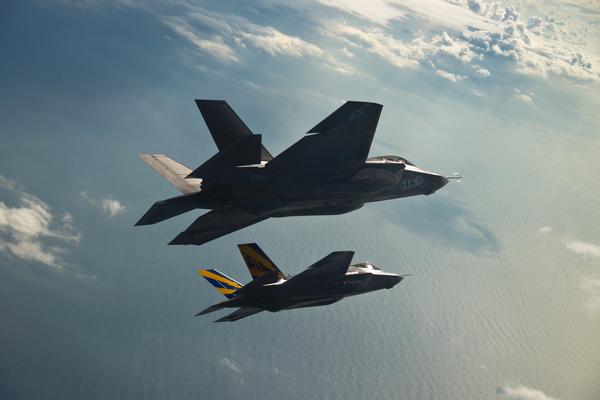
The US Navy’s two Lockheed Martin-built F-35C Lightning II carrier variant of the Joint Strike Fighter (JSF) have successfully conducted additional flying qualities test at Atlantic Test Ranges.
Designated as CF-1 and CF-2, the two test aircraft were piloted by navy lieutenant commander Michael Burks and Peter Kosogorin of BAE respectively during the test, to provide and validate data on handling characteristics capabilities.
Lockheed is currently developing the stealthy, supersonic multi-role F-35 Joint Strike Fighter (JSF) Lightning II aircraft, which has been undergoing flight tests since late 2006.
The aircraft is being developed in three variants, a carrier variant (CV) for the US Navy, conventional takeoff and landing (CTOL) variant for the US Air Force, and a short take-off and vertical landing (STOVL) aircraft for the US Marine Corps and UK Royal Navy.
How well do you really know your competitors?
Access the most comprehensive Company Profiles on the market, powered by GlobalData. Save hours of research. Gain competitive edge.

Thank you!
Your download email will arrive shortly
Not ready to buy yet? Download a free sample
We are confident about the unique quality of our Company Profiles. However, we want you to make the most beneficial decision for your business, so we offer a free sample that you can download by submitting the below form
By GlobalDataCapable of operating in harsh carrier conditions with minimal maintenance, the F-35C carrier variant aircraft features larger wing control surfaces and reinforced landing gear to provide safe and precise payload handling capabilities during at-sea missions.
See Also:
Designed with a payload of up to 18,000lbs on ten weapon stations, the three F-35 variants have been derived from a common design and developed worldwide to replace at least 13 types of aircraft for 11 nations.
The F-35C aircraft features advanced stealth technology with fighter speed and agility, fully fused sensor information, network-enabled operations, and advanced sustainment, as well as lower operational and support costs.
Principally financed by the US, the JSF programme receives additional funding from the UK and seven international partners in Australia, Canada, Denmark, Italy, Netherlands, Norway and Turkey.
The two test aircraft have recently completed formation flight test for the first time at Naval Air Station Patuxent River, Maryland, US, in April 2012 and are scheduled to undergo shipboard testing in 2013.
Image: The two Lockheed Martin-built test aircraft, known as CF-1 and CF-2 undergoing testing. Photo: courtesy of Lockheed Martin.



